Sadie Harrison: Solos and Duos for Strings and Piano
The Australian-British Sadie Harrison is no ordinary composer: she is also an archaeologist and a professional gardener. So it is hardly surprising that a fascination with historical artefacts and biological processes filters into her music. The instrumental miniatures on this recording are both slow and brutal, some of them mirroring ancient worlds and natural phenomena and others taking their starting point in the paintings of Brian Graham and Peter Sheppard Skærved, expressing visual and textural ideas in sound.
Peter Sheppard-Skærved, violin; Roderick Chadwick, piano; Diana Mathews, viola; Mihailo Trandafilovski, violin;
Listen To This Recording:
- Gallery for solo violin Room 1: The Flight of Swallows
- Gallery for solo violin Room 1: Mint Tea in an Empty Medina
- Gallery for solo violin Room 1: …same strand…
- Gallery for solo violin Room 1: Measure for Measure
- Gallery for solo violin Room 1: The wonder of flying or Time for the night of practice
- Gallery for solo violin Room 1: Return from Lysøen – 25/10/12
- Gallery for solo violin Room 1: Coffee with Aphra Behn: Westminster Abbey Cloisters
- Gallery for solo violin Room 1: Nur pünktlich
- Gallery for solo violin Room 1: Sheppard’s Meadow
- Gallery for solo violin Room 1: Two morning lights
- Gallery for solo violin Room 1: It rubs off
- Gallery for solo violin Room 2: The writing cabin in the woods
- Gallery for solo violin Room 2: Scheherazade
- Gallery for solo violin Room 2: Early Responses to the Thames 1990 I: Twilight… Dawn
- Gallery for solo violin Room 2: Practising Sadie Harrison
- Gallery for solo violin Room 2: Lachrymae (Tennessee) after Cotton Eye Joe
- Gallery for solo violin Room 2: Stormfactory: Stravinsky ‘Three Pieces’
- Gallery for solo violin Room 2: Cymbeline’s Fort
- Gallery for solo violin Room 2: Sarabande/double – walk through the graveyard (6 November 2012)
- …ballare una passacaglia di ombre… for solo violin
- Hidden Ceremonies I: 9 Fragments after Paintings by Brian Graham for solo piano: after Antiphon
- Hidden Ceremonies I: after Sacrarium
- Hidden Ceremonies I: after Palimpsest
- Hidden Ceremonies I: after The Intervening Figure
- Hidden Ceremonies I: after Flint
- Hidden Ceremonies I: after Hearth
- Hidden Ceremonies I: after Hidden Ceremony
- Hidden Ceremonies I: after Spine
- Hidden Ceremonies I: after Antler Music
- Three Dances for Diana Nemorensis for solo viola: Diana
- Three Dances for Diana Nemorensis for solo viola: Hecate
- Three Dances for Diana Nemorensis for solo viola: Selene
- …under the circle of the moon… (Mansions I–VII) for two violins: The Vision of Anne Catherine Emmerich
- …under the circle of the moon…: The Life of Skin
- …under the circle of the moon…: Brahma’s Angels – Indra’s Thunderbolt – Vaivasvata’s Ark
- …under the circle of the moon…: The Thousand Songs of Thebes
- …under the circle of the moon…: Albrecht Dürer Self-Portrait 1500 AD – The Frankfurt Zoll
- …under the circle of the moon…: Tourmaline
- …under the circle of the moon…: The Curse with Turtledoves
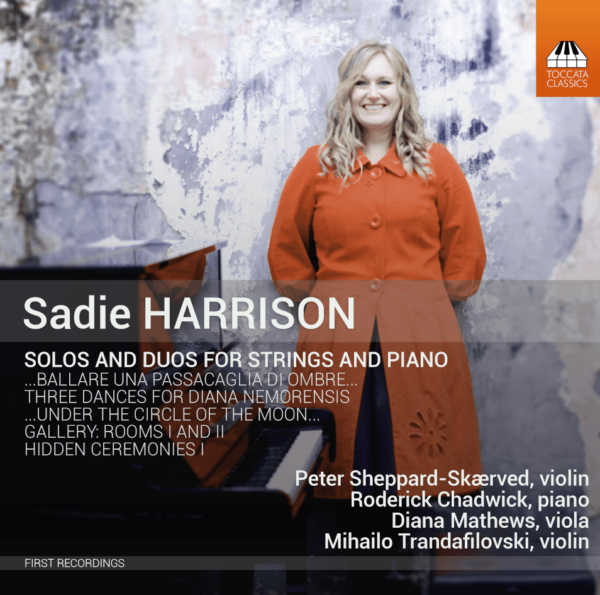
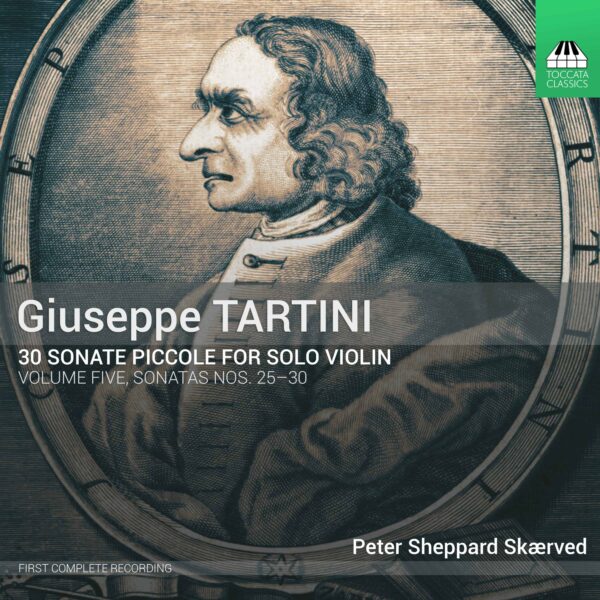
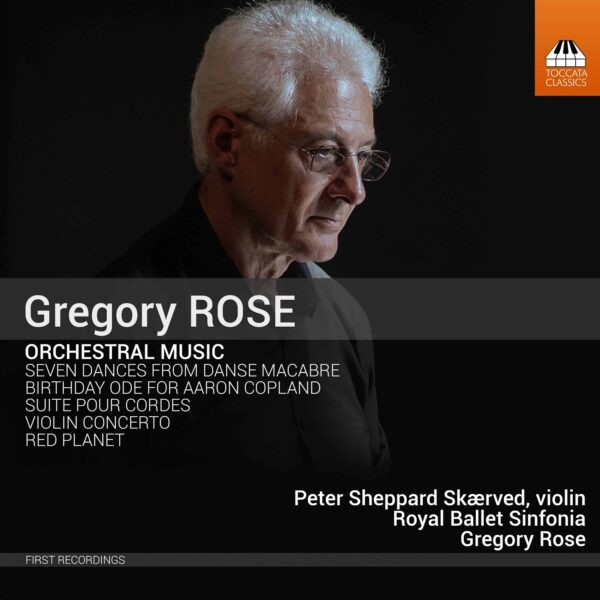
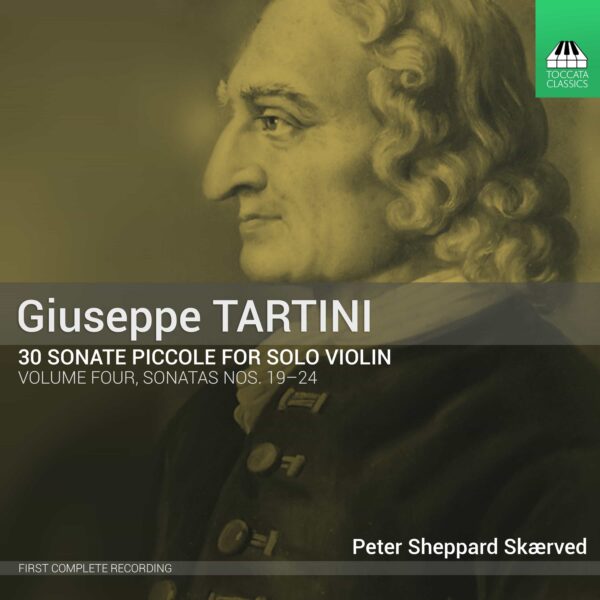
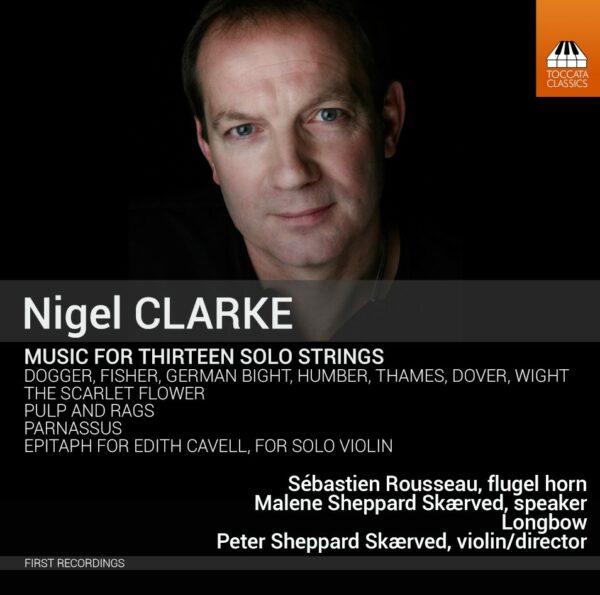
Fanfare Magazine :
‘This is not the first disc of music by Australian-born, UK-residing composer Sadie Harrison I have reviewed here: Back in 2007 I wrote on An Unexpected Light (NMC records, Fanfare 31:2). It is a pleasure to welcome the present disc, this time on the enterprising Toccata label.… There are myriad influences, artfully woven together, for Harrison’s … ballare una passacaglia di ombre … of 2011. A Biber project by Sheppard Skaerved rubs shoulders with Danish fairy tales by the violinist’s wife, a mosaic by Sosos of Pergamon, two fragmentary Delphic hymns from 138 BC and Biber’s Sonata No. 16. It lasts less than four minutes, but occupies a very special, fragile space. … There are two sets of booklet notes here, one by the composer and one by Sheppard Skaerved. The violinist’s view on Harrison’s responses to his art is fascinating—but, importantly, not as fascinating as the music itself.’
—Colin Clarke, Fanfare Magazine, January 2016
BBC Music Magazine :
‘This collection of works by Sadie Harrison is a vivid exploration of the miniature. No single movement exceeds four minutes and the shortest is just 24 seconds, yet these five magnetic works explore content and form with a dazzling intensity. Many of the compositions are exphrastic in nature: Hidden Ceremonies ‘fragments’ in sound the huge canvasses of contemporary artist Brian Graham in nine arresting movements for solo piano; while Gallery is by turns meditative and skittish, exploring the paintings and drawings of artist and violinist Peter Sheppard Skaerved who also performs the work (and writes the disc’s engaging liner notes).
“The collection closely reflects the composer’s interest in antiquity (Harrison is also an archaeologist) with further works for solo violin and viola inspired by Greco-Roman culture, including the Three Dances for Diana Nemorensis performed with great spirit (and virtuoso foot stamping) by Diana Mathews. The disc ends with the mesmerising ..under the circle of the moon.. for violin duo. Its seven short movements take sources ranging from Durer to gemstones to human skin to Hindu cosmology, and are performed with tremendous artistry by Sheppard Skaerved joined by MIhailo Trandilovski, bringing this beautiful and intriguing disc to a powerful close.’
—Kate Wakeling, BBC Music Magazine, December 2015
Guardian :
‘Australian-born and UK-based, Sadie Harrison took some time out from composition to work as an archaeologist and professional gardener, activities which nourish these new works, mostly written in the past four years. Her fascination with fragments, minutiae and painted miniatures has resulted in five groups of tiny pieces each lasting around three minutes or less. The shortest is 24 seconds! Gallery (Rooms I and II) for solo violin – 19 musical glimpses to be played in any order – takes the paintings of the versatile violinist Peter Sheppard-Skaerved as a starting point. Hidden Ceremonies, for piano, explores prehistory as depicted through paintings by Brian Graham. Musical echoes, from Vaughan Williams to Stravinsky to Aghanistan and beyond, are woven into Harrison’s works, each glittering in their intensity.’
—Fiona Maddocks, The Guardian